Finding the right chronic illness kitchen tools
Living with a chronic illness means dealing with a lot of challenges, and honestly, cooking is one of them. Some days, just the idea of standing in the kitchen for more than a few minutes feels overwhelming. Between the pain, the fatigue, and limited mobility, making a meal from scratch can feel totally out of reach. There are always smart services for your meals but that is not always affordable. You can still make delicious, comforting food—you just need the right chronic illness kitchen tools to make it easier. I’ve put together a list of my favorite kitchen tools that have helped me cook with less strain and more joy, even on the tough days.
Electric Kettle
Electric kettles are faster and more efficient than traditional ones. You can get a good electric kettle at any store for around $30, saving you so much time in the long run. I used to boil water on my stovetop, which took forever. Now I just fill my kettle with water and push a button; it heats up in minutes! Electric kettles are safer than traditional ones. They’re built with safety mechanisms that make them less likely to burn your hand or start a fire if left unattended for any period (which happens). No more worrying about whether your stovetop is still on after your brain fog kicks in.
Electric kettles are cheaper than traditional ones. They use less energy than their stovetop counterparts. So even though they cost more initially, they’ll save you money over time by using less electricity each month (which is especially true as time goes on).
- Brings water to a boil within minutes
- LED light signals when the kettle is working
- 1.8L water capacity
- Non-toxic, high-quality materials
- More energy efficient than stove-top
Rice Cooker
I used to think I knew what a rice cooker was. Like, “Yeah, it just cooks rice—big deal, right?” But wow, I had no idea how much of a game-changer a good rice cooker could be until I actually started using one regularly at home. Most of us are so used to mushy or dry takeout rice that we forget how amazing perfectly cooked rice can actually be—fluffy, tender on the inside, with just the right texture on the outside. The kind of rice that feels like it came from a fancy Japanese restaurant… but I made it myself, in my own kitchen, after a long day, while wearing sweatpants.
And honestly, if you live with a chronic illness like I do, the benefits go beyond just taste. A rice cooker has become one of my favorite low-effort kitchen tools. On flare days or when fatigue hits hard, I can just toss in the rice and water, press a button, and rest while it does the work. No standing over a stove, no burning the pot because I got distracted or had to lie down, and no extra stress when my energy is already limited. It’s one of those little things that makes daily life just a bit easier.
Easy to use and easy clean up
If that kind of ease and comfort sounds good to you (trust me, it is), I’d definitely recommend trying an electric rice cooker. There are so many perks: easy cleanup, completely hands-off cooking, automatic warming settings so your food doesn’t go cold if you’re not feeling up to eating right away, and many models come with steaming baskets so you can cook other foods at the same time. For everyday meals—especially when you’re balancing limited energy, pain, or brain fog—it’s honestly a lifesaver. Less effort, less cleanup, and a comforting, warm bowl of rice ready when you need it most.
- Aroma 20-Cup (Cooked) (10-Cup Uncooked) Digital Rice Cooker And Food Steamer
- Stainless Steel Exterior (Arc-150Sb)
- Rice Measuring Cup
- Serving Spatula
- Exclusive Recipes
Automatic Chopper
An automatic chopper is a must-have for anyone with chronic pain or arthritis. I love my automatic dicer and chopper. You can use it to chop up vegetables, slice fruit and make soups or smoothies in no time! I also find it useful if your hands are shaky or if you have arthritis. It’s an essential tool for anyone who lives with chronic illness but doesn’t want to give up their favorite foods.
- Collecting Container
- Fine Dicer Blade
- Medium Dicer Blade
- Spiralizing Julienne Blade
- Spiralizing Ribbon Blade
- 2x Cleaning Brushes
Immersion blender
My immersion blender has become one of my favorite kitchen tools—it’s a total lifesaver when I want to make smoothies, soups, or even quick sauces without dragging out a big appliance. It’s super lightweight, which is a huge plus for me since I don’t always have the energy or strength to lift heavy stuff, especially on flare days.
I use mine almost every day because it’s just so easy. I can blend things right in the pot or cup, and the best part? Way less cleanup. No hauling out the big blender, no extra parts to scrub—just a quick rinse, and I’m done. Anything that makes cooking easier without making more work afterward is a win in my book.
Air fryer
I’ll be honest—getting an air fryer was one of the best decisions I’ve made for my kitchen, especially as someone living with a chronic illness. If you haven’t tried one yet, it’s basically a little powerhouse that uses hot air to “fry” your food, kind of like a mini convection oven. But the difference is that the heat source is tucked away inside, and the hot air circulates all around the food, giving it that crispy, golden texture without needing oil.
And that’s exactly why I love it. I can still enjoy all the crispy foods I crave—like fries, nuggets, or roasted veggies—without the heaviness or grease that usually comes with traditional frying. Since my body doesn’t handle oily food very well (hello, stomach issues), this has been a total win. Plus, no oil means fewer dishes and less cleanup, which is always a bonus when you’re low on energy or in pain.
I love using my Instant Vortex Pro Air Fryer because it cooks things quickly without heating my entire kitchen like my conventional oven does when I’m trying to cook during cold weather when we’re experiencing extreme wind chills outside! Plus, I always feel guilty leaving dishes out on countertops because they tend not to get as clean as they would if there were no crumbs around them at all times…But having one less dish always makes me happy 🙂
I don’t know what I did before I had a good electric can opener. It is amazing how much easier it makes open cans, and you also don’t have to deal with sharp edges or the lid falling into your food again. It is also much easier to clean up than a manual one because no blade is involved! My favorite electric can opener is from One Touch because it has a magnet on the side of it to hold onto your lid after you take off the top so that it doesn’t fall into your food. This stops me from having to fish them out later!
Electric kitchen appliances can make cooking easier for people with chronic illnesses.
I’ve found that electric kitchen appliances have honestly been a game-changer for me as someone living with a chronic illness. They take so much of the physical strain out of cooking and cleaning—less effort, less pain, and way more energy left over to actually enjoy the meal I just made. What I also really appreciate is how much safer they can be compared to traditional kitchen tools. When my hands are weak or I’m dealing with joint pain or fatigue, it’s such a relief to have appliances that don’t require a ton of strength or precision to use.
For me, these chronic illness kitchen tools aren’t just convenient—they’ve become essential. With the right equipment, preparing meals at home doesn’t have to feel like such a daunting task. Even on the harder days, it’s still possible to cook something nourishing without pushing my body past its limits.
What kitchen tools do you use reguarly? Send us a message on Facebook and maybe we will add it to our list.

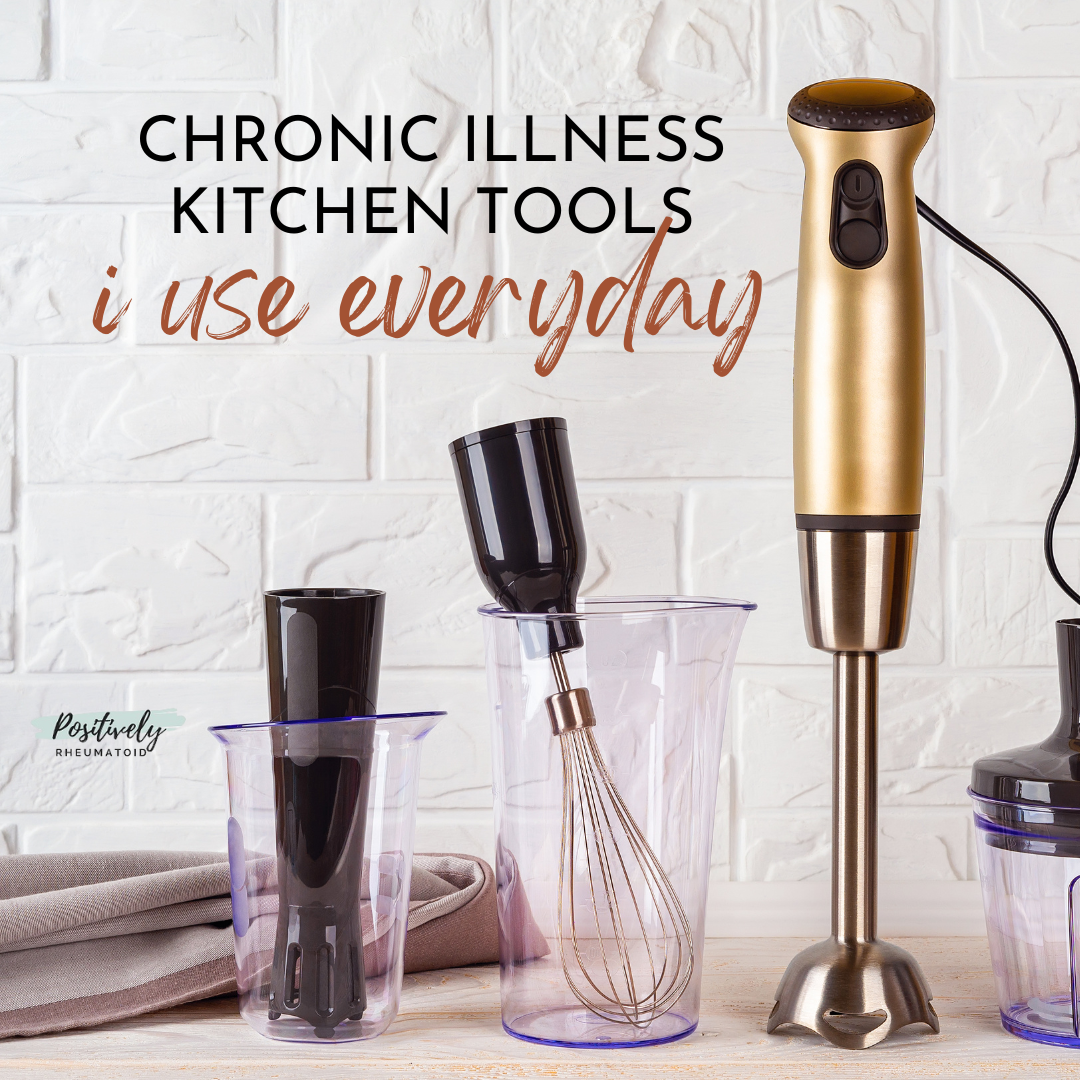

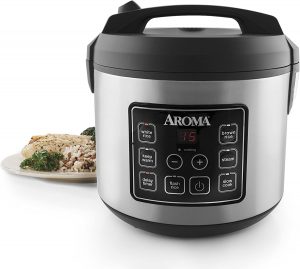
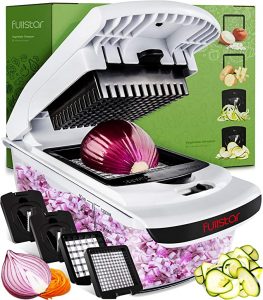
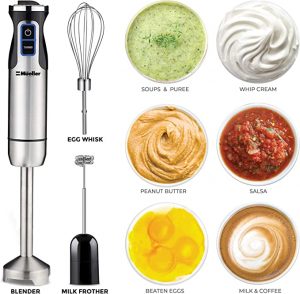
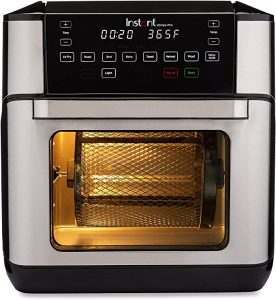

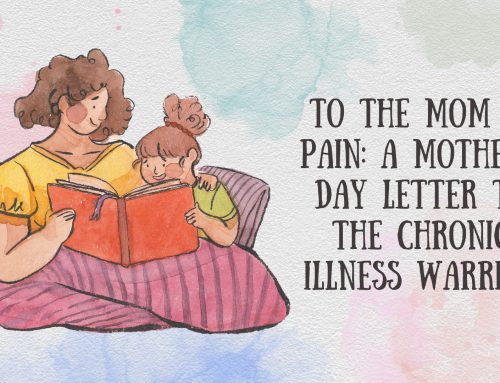




Leave A Comment